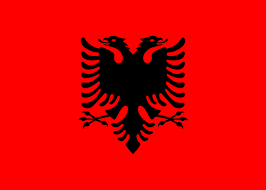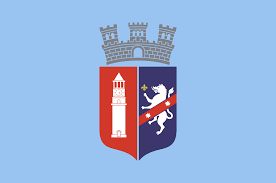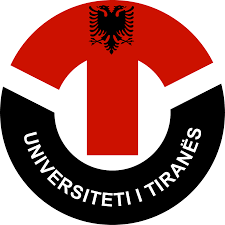 ABOUT ALBANIA
ABOUT ALBANIA
The Republic of Albania is a country in Southeast Europe on the Adriatic and Ionian Sea within the Mediterranean Sea. It otherwise shares land borders with Montenegro to the northwest, Kosovo to the northeast, North Macedonia to the east and Greece to the south and southeast, and a maritime border with Italy to the west.
Geographically, the country displays varied climatic, geological, hydrological and morphological conditions, defined in an area of 28,748 km2 and with the population of 2,9 million. It possesses remarkable diversity with the landscape ranging from the snow-capped mountains in the Albanian Alps as well as the Korab, Skanderbeg, Pindus and Ceraunian Mountains to the hot and sunny coasts of the Albanian Adriatic and Ionian Sea along the Mediterranean Sea.
 ABOUT TIRANA
ABOUT TIRANA
Tirana is the capital city of the Republic of Albania. It is located in the center of Albania and is enclosed by mountains and hills, with Dajt on the east and a slight valley on the northwest overlooking the Adriatic Sea in the distance. Due to its location within the Plain of Tirana and the close proximity to the Mediterranean Sea, the city is particularly influenced by a mediterranean seasonal climate. It is among the wettest and sunniest cities in Europe, with 2,544 hours of sun per year.
Tirana flourished as a city in 1614 but the region that today corresponds to the city's territory was continuously inhabited since the Iron Age. The city's territory was inhabited by several Illyrian tribes but had no importance within Illyria. Indeed, it was annexed by Rome and became an integral part of the Roman Empire following the Illyrian Wars. The heritage of that period is still evident and represented by the Mosaics of Tirana while further later in the 5th and 6th centuries, a Paleo Christian basilica was built around this site.
When the Roman Empire fell into east and west in the 4th century, its successor the Byzantine Empire subsequently took control over most of Albania and included the construction of the Petrelë Castle, under the reign of Justinian I. Until the 20th century, the city did not attain much significance, when the Congress of Lushnjë proclaimed it as the country's capital, after the country's declaration of independence in 1912.
Tirana is the most important economic, financial, political and trade center in Albania due to its significant location in the center of the country and its modern air, maritime, rail and road transportation. It is the seat of power of the Government of Albania, the residences for work of the President and Prime Minister of Albania and the Parliament of Albania.
 THE UNIVERSITY OF TIRANA
THE UNIVERSITY OF TIRANA
The University of Tirana is a public and the largest university in Albania with 35,000 registered students. The University was founded in 1957 as the State University of Tirana through the merging of five existing institutes of higher education, the most important of which was the Institute of Sciences, founded in 1947. Immediately after the death of Enver Hoxha in 1985, the university was renamed the Enver Hoxha University of Tirana until 1992.
The University is the largest and highest ranking University in Albania. It includes eight colleges, 50 academic departments, and 41 study programs or majors. Most programs are offered in Tirana; a few smaller affiliated campuses are located in other Albanian cities, including Saranda in the southern part of the country and Kukës in the north. It offers three-year Bachelor, one- or two-year Master, and three- to five-year doctorate degree programs, in accordance with the Bologna system.
The current campus is urban and decentralized. A new large and centralized campus has been planned in the southeast periphery of Tirana. Students dorms are grouped in a separate location called Student City in southeast Tirana.
